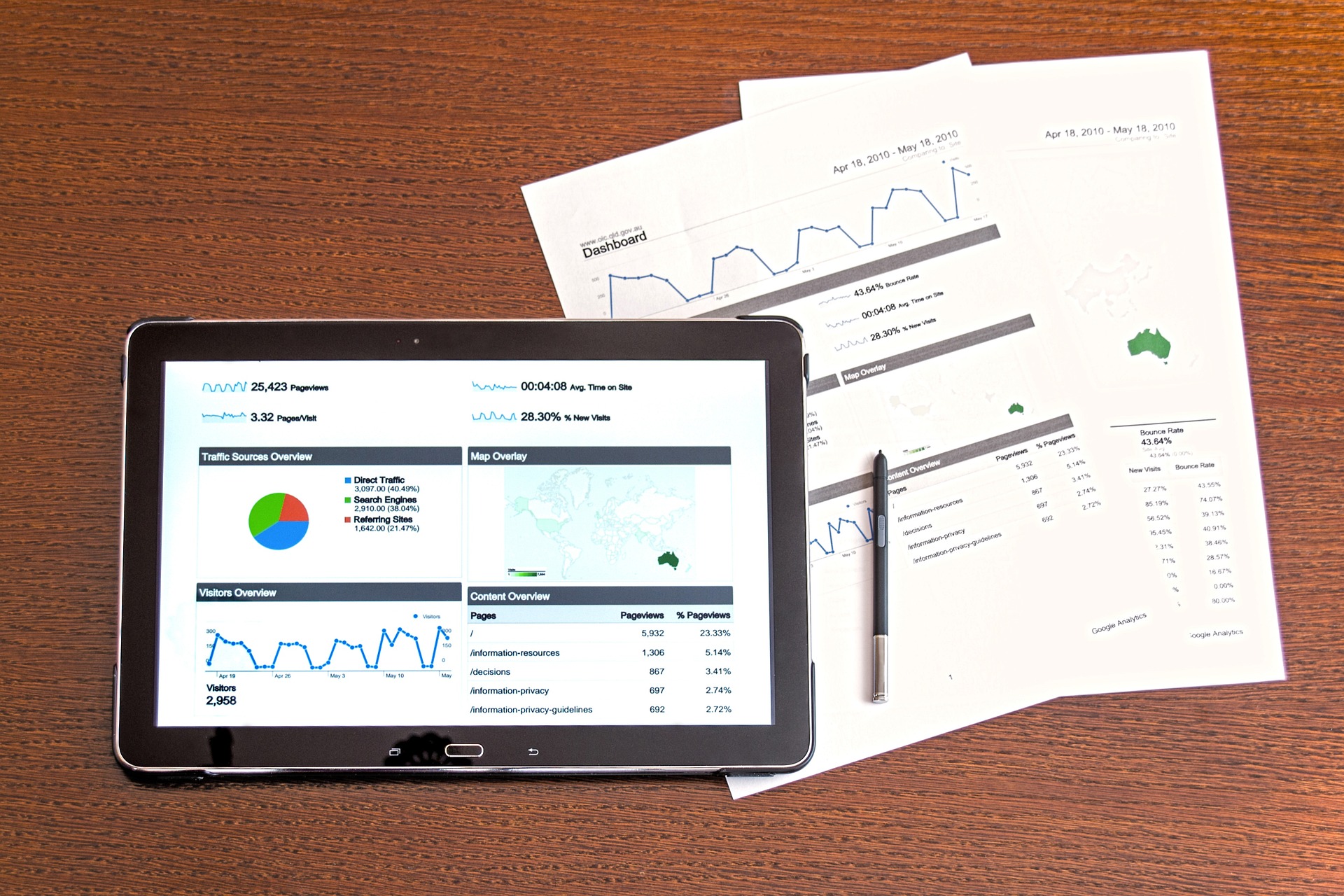What is Alternative Credit Data?
Alternative credit data refers to non-traditional sources of information used to assess the creditworthiness of a business. It is often used to supplement traditional business credit data such as business credit scores, credit histories, and business credit reports.
Using non-traditional credit data, credit managers can gain a more comprehensive glimpse into a business’s financial behavior and credit risk. With so many new ways of assessing the creditworthiness of a company, credit departments that utilize this data gain a competitive edge.
Traditional vs. Non-Traditional Credit Data
Traditional business credit data typically focuses on credit scores, payment behavior, and basic financial information, like the data within a company’s financial statements. While this data provides a foundation for credit assessment, it may not capture the full scope of a company’s creditworthiness.
Alternative credit data, on the other hand, delves deeper into various aspects of a business’ operations. This includes its financial health and market presence, providing a more dynamic understanding of its credit risk profile.
Types of Alternative Credit Data
Financial Statements
Traditional credit analysis relies heavily on financial statements, including documents such as balance sheets, income statements, and cash flow statements. These documents can help credit managers identify trends in profitability, liquidity, and solvency. Unfortunately, most of the companies in the U.S. are privately held, so much of their most valuable business information is not disclosed, forcing analysts to look for alternatives to this primary source.
B2B Spending Trends
Increasingly, credit managers and financial executives are recognizing the limitations of conventional business credit evaluations based on historical payment habits. Payment data will always have its place in credit analysis, but the way companies spend their money speaks even greater volumes about their priorities and direction.
The details and trends revealed in specific spending areas can tell you if a company is experiencing growth or decline, if it is expanding and adding personnel, or contracting and treading water financially. Credit departments are turning to alternative data to access information on the purchase behavior of their customers.
In-depth analytics and insights on how a company is spending its money can be accessed through the Moody’s Analytics Pulse platform, powered by a database of over $2 trillion in business-to-business transaction data every 24 months.
Economic Indicators
Economic indicators can be used to evaluate the company’s resilience and potential for growth within its industry. This includes industry-specific and macroeconomic data, such as growth rates, market trends, and competitor performance. Credit managers with this insight can gain a more comprehensive understanding of the business environment the borrower operates in.
Access monthly financial insights on 7 major industries for free through our public Industry Monitors.
Digital Footprint
Metrics like website traffic, social media engagement, and customer reviews can offer valuable insight into a company’s performance and potential risk. Credit Managers can learn about a company’s reputation, customer satisfaction, and market reach.
Advantages of Alternative Credit Data
By analyzing a diverse range of data points, credit departments can better assess a company’s creditworthiness, identify potential risks, and uncover growth opportunities, ultimately leading to more informed lending decisions.
Enhancing Risk Assessment and Decision-Making
With a more detailed view of a customer’s financial health and business performance, B2B credit departments can improve their risk assessment process. Alternative data can also enhance decision-making by enabling credit professionals to make more accurate credit decisions. Additionally, non-traditional credit data can help credit teams differentiate between high-risk and low-risk accounts in their A/R portfolio. This enables them to allocate resources more effectively and optimize their portfolios.
Providing More Tailored Solutions
Using alternative credit data, commercial credit departments can develop a better sense of each customer’s unique financial needs and challenges. This allows credit managers to create more customized payment terms. By aligning solutions with the customer’s goals, credit managers can foster stronger relationships and increase customer satisfaction.
Improving Default Prediction
Alternative data can enhance a credit departments ability to predict payment defaults. By integrating this data into your risk management framework, you can more effectively monitor A/R portfolio performance.
With insights from alternative data, you can also better implement loss mitigation strategies. This includes adjusting payment terms or offering additional support to struggling customers. This proactive approach can help reduce losses from customer non-payments and improve company revenue.
Utilizing Alternative Credit Data
Incorporating alternative credit data into your credit analysis processes clearly offers a variety of advantages. However, it also requires a strategic approach to address challenges with collecting, processing, and interpreting non-traditional data sources.
Incorporating alternative credit data into existing processes requires blending traditional and non-traditional sources of information. Though this may require some heavy lifting, it can empower credit departments to create a more robust credit scoring model and improve credit risk predictions.
Finally, alternative credit data is an evolving field. This means commercial credit departments who utilize it will need to stay informed about industry trends, regulations, and best practices. By staying informed on new developments, credit managers can better adapt their credit assessment process to the current market.
Access Alternative Credit Data From Moody’s Pulse
Moody’s Analytics Pulse is a leader in the alternative credit data revolution, providing innovative credit risk solutions to commercial credit departments. Our state-of-the-art tools and services help credit managers seamlessly integrate alternative credit data into their decision-making processes.
We offer unique insights into the buying behavior of private companies based on data from over $2 trillion in biennial business-to-business transactions. Whether used as your primary or secondary source of data, this level of insight can enhance your credit analyses.
Moody’s Analytics Pulse can expand your company’s credit monitoring abilities, protecting your business from financial risk. Schedule a demo with one of our credit specialists today to learn more.





